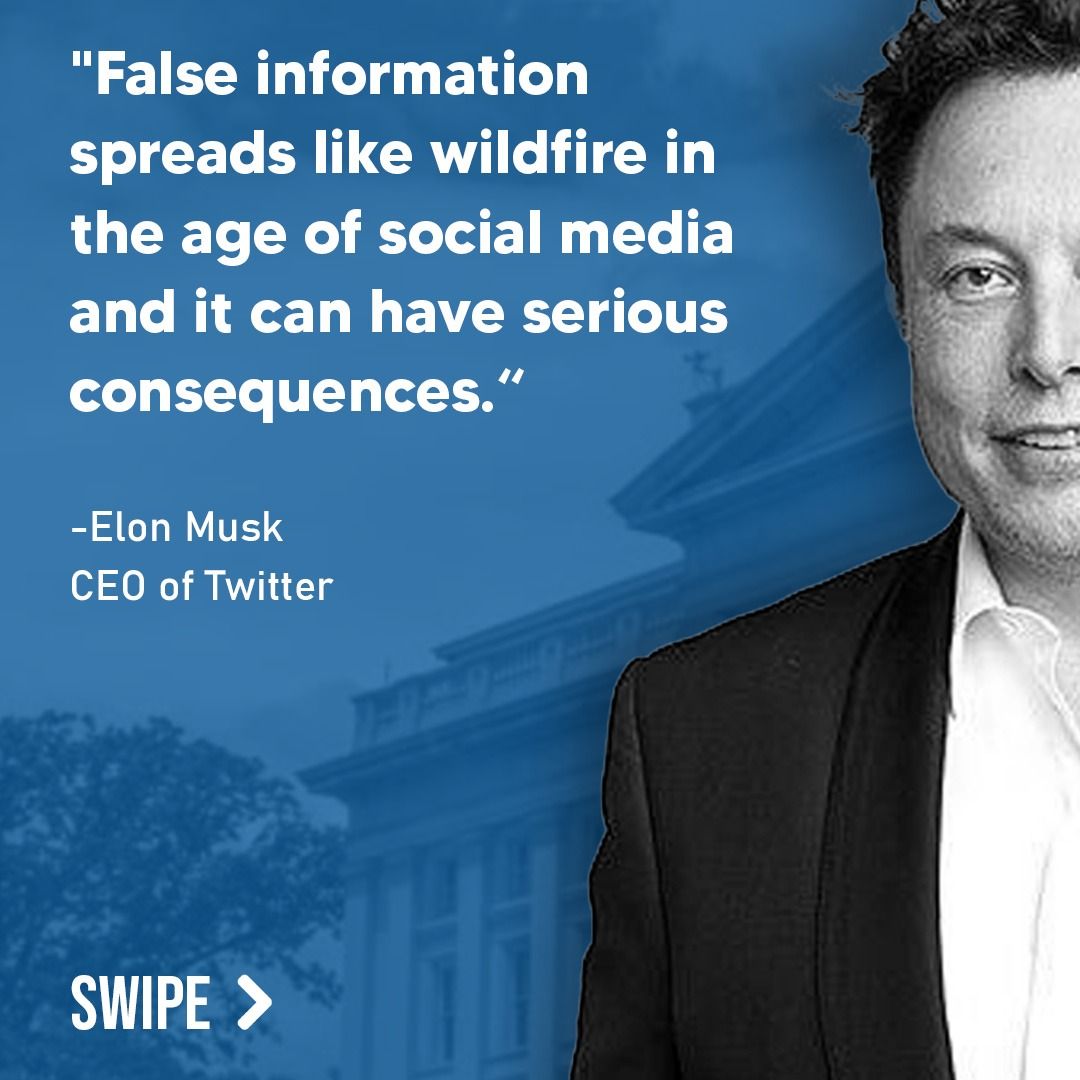
Uncovering the Facts Behind the U.S. Military Aid Reinstatement to Ukraine
The recent decision by the Trump administration to reinstate military aid to Ukraine has raised questions about the motivations behind the move. The timing, just one week after suspending the aid, has been linked to ceasefire negotiations. However, some speculate whether this shift is part of a broader strategic maneuver rather than a simple effort to foster peace talks.
Understanding the Historical Context
The conflict between Ukraine and Russia has been ongoing since 2014, escalating into a full-scale war in 2022. U.S. military aid to Ukraine has played a critical role in bolstering its defenses against Russian advances. The Trump administration’s temporary halt of aid, followed by its sudden reinstatement, is reminiscent of geopolitical power plays aimed at leveraging diplomatic negotiations.

Fact-Checking Key Claims
Claim #1: The U.S. suspended military aid to push Ukraine into peace talks.
This claim is mostly accurate. The Trump administration announced military aid suspension just a week before reinstating it, reportedly as a means to pressure Ukraine into negotiations with Russia. Reports from both U.S. and Ukrainian officials corroborate this narrative. However, no formal statement explicitly confirmed that the aid cut was solely for this reason.
Claim #2: The reinstated military aid is contingent on Ukraine’s ceasefire offer.
There is no clear evidence to support this claim. While the article suggests a link between military aid reinstatement and Ukraine’s willingness to propose a ceasefire, U.S. officials have not made an explicit connection. Presenting these two occurrences side by side without confirming causality may give readers a misleading impression.
Claim #3: A U.S. envoy is expected to meet with Russian President Vladimir Putin.
This claim is uncertain. While the article mentions that Steve Witkoff, Trump’s special envoy, is expected to travel to Moscow, there is no official confirmation of a scheduled meeting with Putin. The source cited in the article remains anonymous, making verification difficult.

Final Verdict on Accuracy and Bias
While the article provides factual information, it lacks clarity in drawing distinct connections between events. Some claims remain speculative due to reliance on unnamed sources. Additionally, by framing the reinstatement of military aid alongside peace talks, the article subtly implies causation without definitive proof. This could lead to misinterpretation by readers seeking a concrete rationale behind U.S. policy moves.
Stay Ahead of Misinformation
Understanding global events requires separating facts from speculation. Stay informed by downloading the DBUNK app for accurate, objective news verification.

Read the Original Article
Click here to view the full article.

